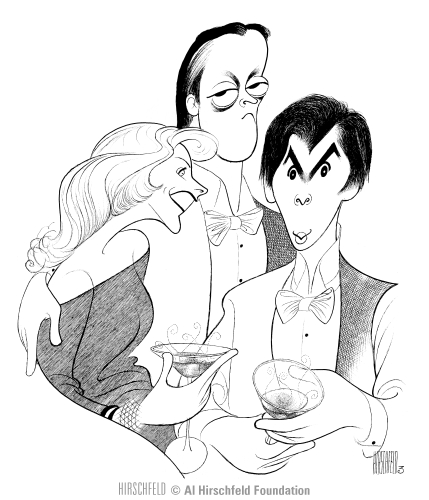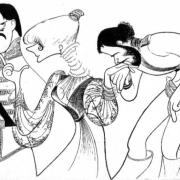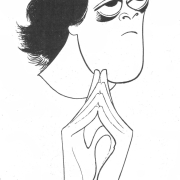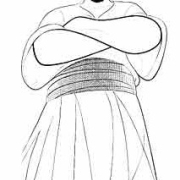"design for living"
Description
Category
Publisher
The seeds of Design for Living were sown in 1921, the year of Noël’s first visit to New York, in a theatrical boarding house at 130 West 70th Street, where Lynn Fontanne and Alfred Lunt, not yet married, were staying in separate rooms. In her biography of the Lunts, Margot Peters wrote, “Into that boarding house that June – and into their lives – burst a young Brit with $75 and a suitcase of play scripts. Noël Coward had remembered Lynn from dance parties in London; he hoped a fellow Brit might introduce him around and lend him the odd quid. Lynn introduced Noël to Alfred. The three-way attraction was instant. Gay himself, Noël found Alfred ‘extremely attractive,’ but noted also that Alfred and Lynn were courting.”
In his autobiography, Noël wrote, “From these shabby, congenial rooms, we projected ourselves into future eminence. The three of us discussed, over delicatessen potato salad and dill pickles, our most secret dreams of success. Lynn and Alfred were to be married. That was the first plan. Then they were to become definitely idols of the public. That was the second plan. Then, all this being successfully accomplished, they were to act exclusively together. That was the third plan. It remained for me to supply the fourth, which was that when all three of us had become stars of sufficient magnitude, then, poised serenely upon that enviable plane of achievement, we would meet and act triumphantly together.” Eleven years later, when many of those conditions had been achieved, Noël received a telegram from the Lunts: “CONTRACT WITH THEATRE GUILD WILL BE UP IN JUNE WE SHALL BE FREE. WHAT ABOUT IT?” Noël was vacationing as the sole passenger on a freighter. He wrote Design for Living on board.
Design for Living opened on January 24, 1933. It was supposed to run for three months, the length of time Noël felt comfortable in appearing in any play; but due to public demand, he agreed to play a few extra months. The play was an immediate success.
The play lends itself to numerous interpretations. In 1991, in The Times Literary Supplement, Patrick O’Connor wrote about the gender-fluid play: “As an argument for the joys and woes of free and bisexual love, Design for Living must have been a very shocking play in 1933. That Coward managed to depict so successfully the homosexuality of Leo and Otto, and skate past the censors, must be logged as one of his nimblest achievements.” Noël chose to premiere the play on Broadway partly because he felt that the subject matter was too risqué for London and might not receive a license from the Lord Chamberlain, who was the official censor.
The first Broadway revival took place in 1984, at Circle in the Square, directed by George C. Scott. Frank Rich, critic for The New York Times, wrote: Noël Coward’s Design for Living, an uninhibited account of a pansexual love triangle, was considered somewhat shocking stuff when it first opened in New York in 1933. To see the comedy now in its first Broadway revival is to realize that Coward’s capacity to provoke, like his talent to amuse, has not at all faded with time.” Of the characters Rich wrote: “These people don’t look before they leap; they must keep moving, no matter what. It’s part of Coward’s theatrical genius – and part of his play’s continuing relevance – that any pause in the unexamined lives of Design for Living would be death.”
Login to add to favorites or suggest tags.






